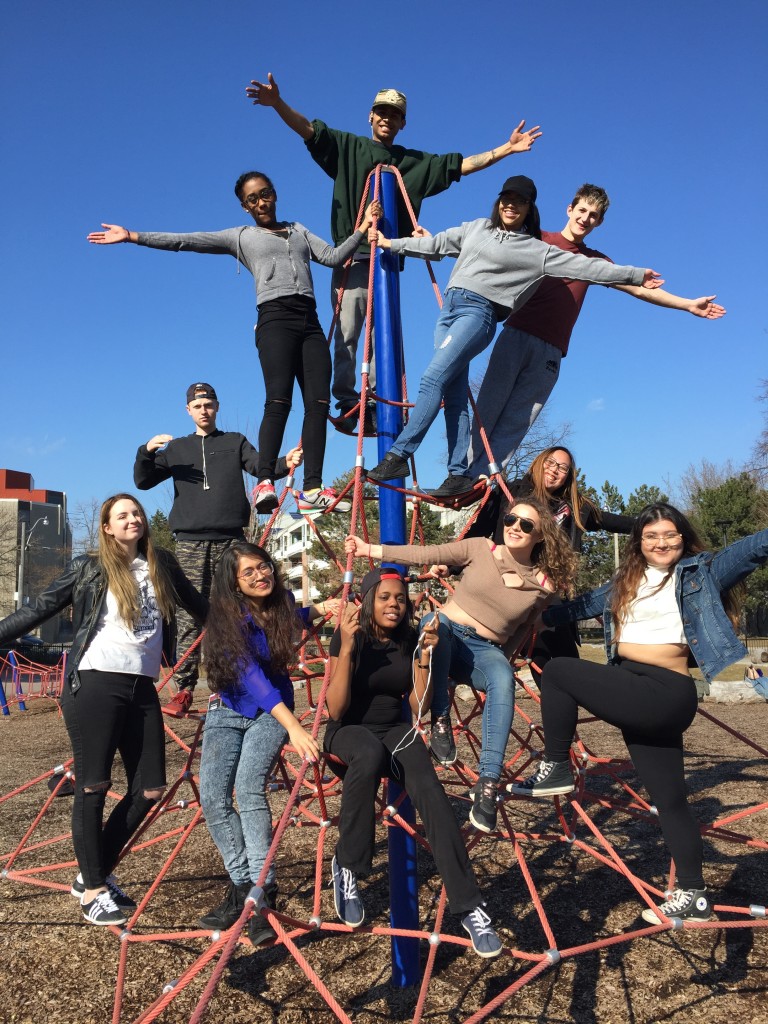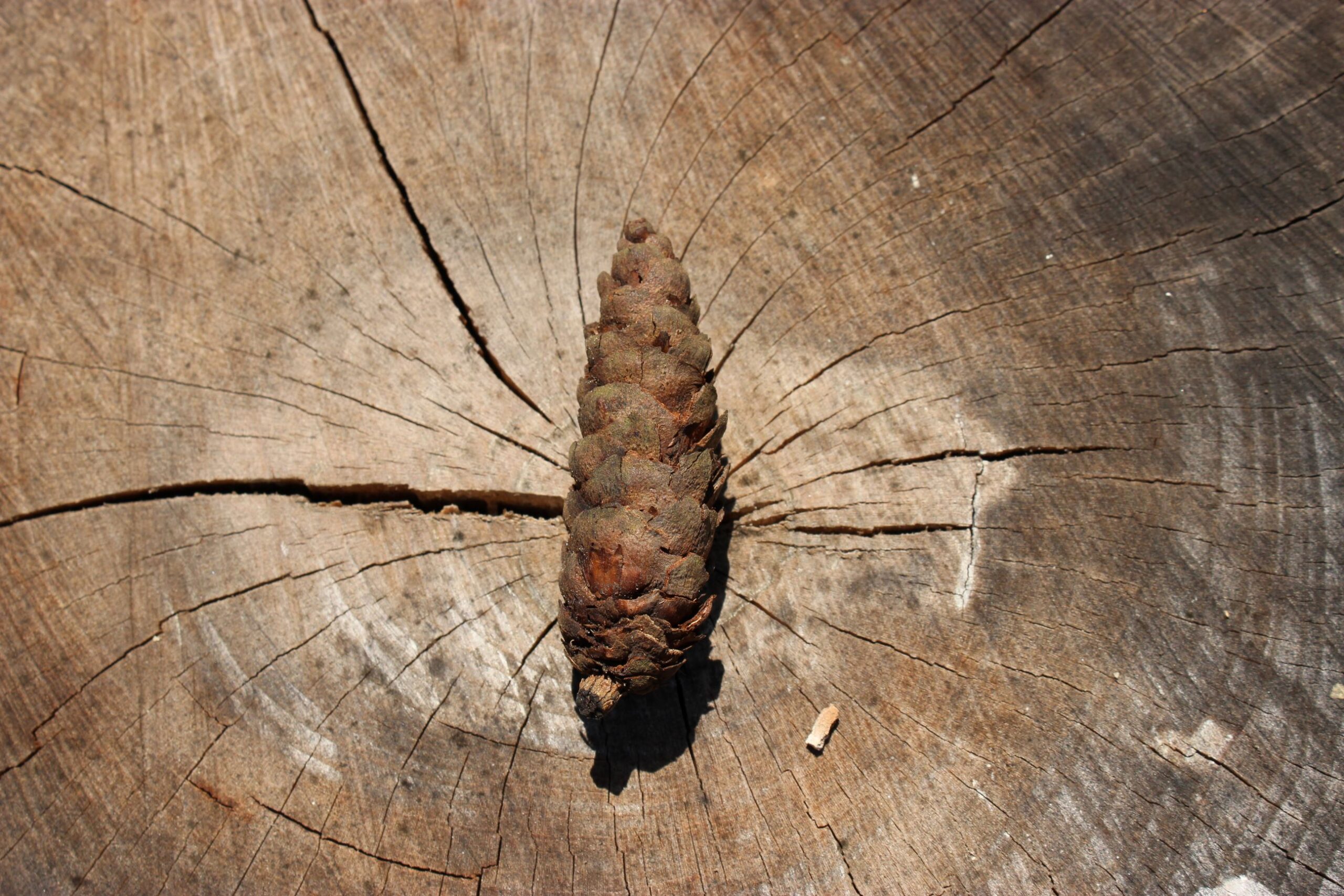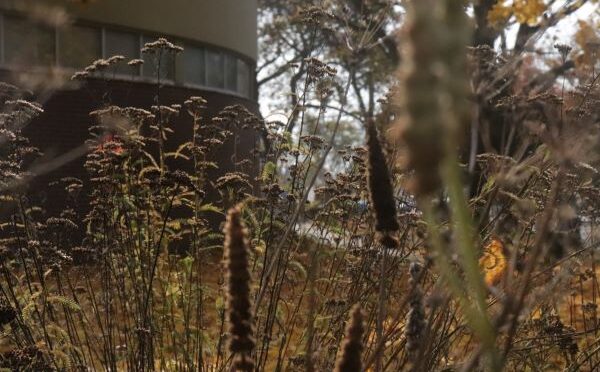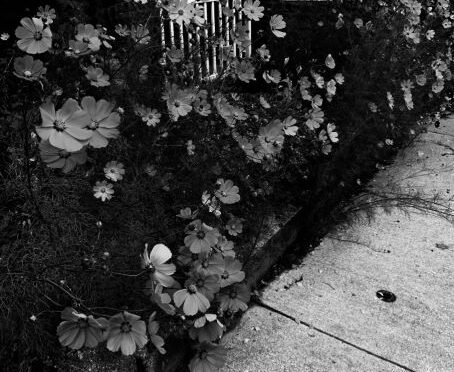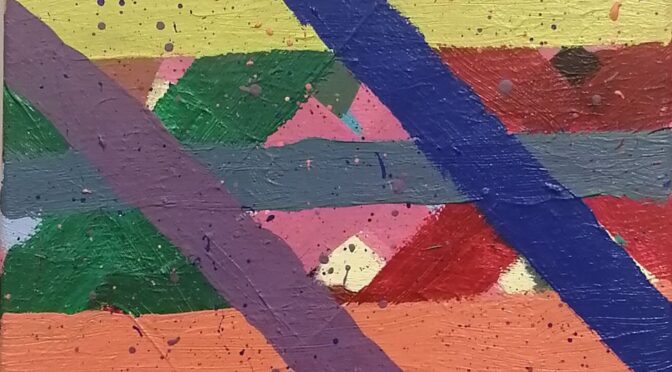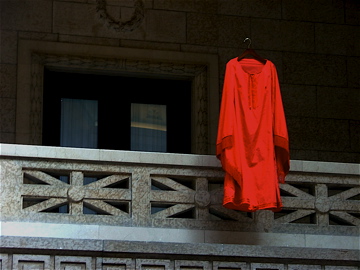School of Life Experience
The only way to learn!
SOLE Alternative is a small alternative school that offers a different approach to secondary school education for students who are committed to learning excellence. Our specialized timetable and range of courses is available for students from Grade 11-12 who are at least 16 years old. We provide a caring atmosphere in a supportive, community environment.
